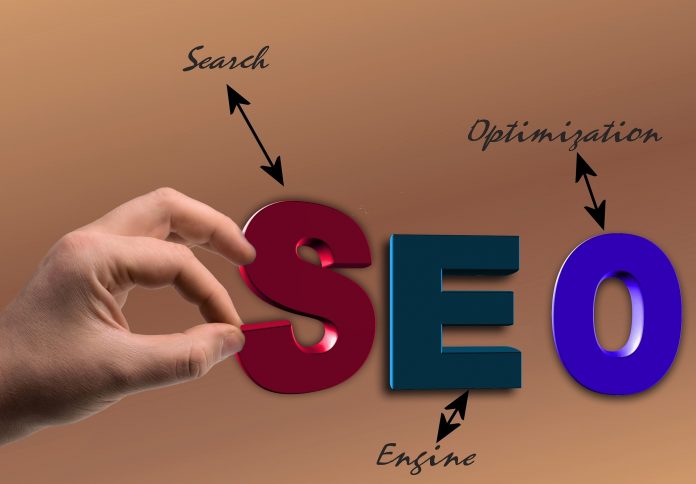If you have invested in internet promotion to grow your brand, you have probably heard from a lot of people, and a lot of people are looking for search engine optimization (SEO).
SEO – the art of optimizing your web content for search engines – is the difference between free traffic and a successful website full of leads. But is SEO just for the written word?
No. of course not. Visual content can be optimized. And if you’re not optimizing, you’re only putting 75% of your effort into your SEO strategy (and getting 75% of the results!).
But how do you do image SEO? That’s all for this article. We will cover the benefits of image SEO and how to optimize images for SEO.
Without further ado, let’s begin.
What is Image SEO?
Before diving into some image optimization tips, let’s quickly define “image SEO”.
To understand image SEO, you need to understand general SEO. Anything you do to help your website rank higher in search engine results pages (SERPs) falls under the umbrella of “SEO”. This includes optimizing articles for keywords, site layout, and friendly structure URLs (which is very important but often overlooked).
Therefore, “image SEO” is anything you do to improve your image at the top of search results. Image SEO is not limited to Google image search. Google now shows images on web search results pages all the time, so image SEO can push your article to the top here.
Best Practices For Optimizing Images For SEO In 2023
OK So, here we are at last. For the rest of this article, we will focus on the best tricks you can use to make your images rank better (even if you’re not a marketer).
We have thought carefully. So without further ado, let’s get started!
Fix the Original Image First-no Stock Photo
It’s easy to make your website look interesting by relying solely on stock photos. We got it. Product images are cheap, high quality, and designed to catch the eye. They instantly boost your page quality and make your website look very professional.
However, if you don’t post any new images, your chances of ranking high in image reviews are pretty much zero. Good image search for useful results.
Making a new image from scratch is not as difficult as it sounds.
If you’re looking for product-style images, try creating your own! Ask your team members to draw some pictures or draw pictures from past company events. Your image will be more “your”.
Add Relevant Image
Unfortunately, you can’t simply upload a photo to a random location on your website and call it a day. Google’s algorithm looks closely at the position of images. So if your image isn’t good, Google won’t know what to do, and it won’t look good in search results.
To find the perfect place for images, organize your website and look for lots of text or long descriptions on strong topics. These are the main areas where visitors will get lost, so they benefit the most from images.
Use The Correct Image Format
The file format of your images isn’t a concern for most people, but Google does. You need to choose the right method to get a good ranking.
Below is a brief overview of the most popular methods and when to use them.
- PNG. PNG is the “best” file format if you’re sharing photos or images with lots of detail or color. Note that PNG images are usually large, so don’t put too many on one web page.
- JPEG or JPG. If you share what you want to print services well, JPEG is for you. Keep in mind that if you compress a JPEG image, its quality will be reduced.
- WebP. If you want to share web-only content, WebP is your best choice. Web images are 26% smaller than PNG images, and can be compressed without scaling.
- SVG. A shared logo? great! You will use this method.
- TIFF. These images load very slowly. Avoid them if you can.
Compress The Image
According to the HTTP archive, web pages should average 961.2kb of images on desktop and 893.5kb of images on mobile.
If you know anything about SEO, you know that pages that load quickly rank well. The same goes for images, that’s why you need to freeze them.
Compressing images, help them load faster, i.e. reducing the size of images in bytes,
You can compress images using tools like TinyPNG. TinyPNG can reduce WebP, JPEG, and PNG files by 80% without compromising image quality.
If TinyPNG isn’t your thing, other options include Imaginify, Kraken.io, OpenCV, Cloudinary, and ImageMagick.













